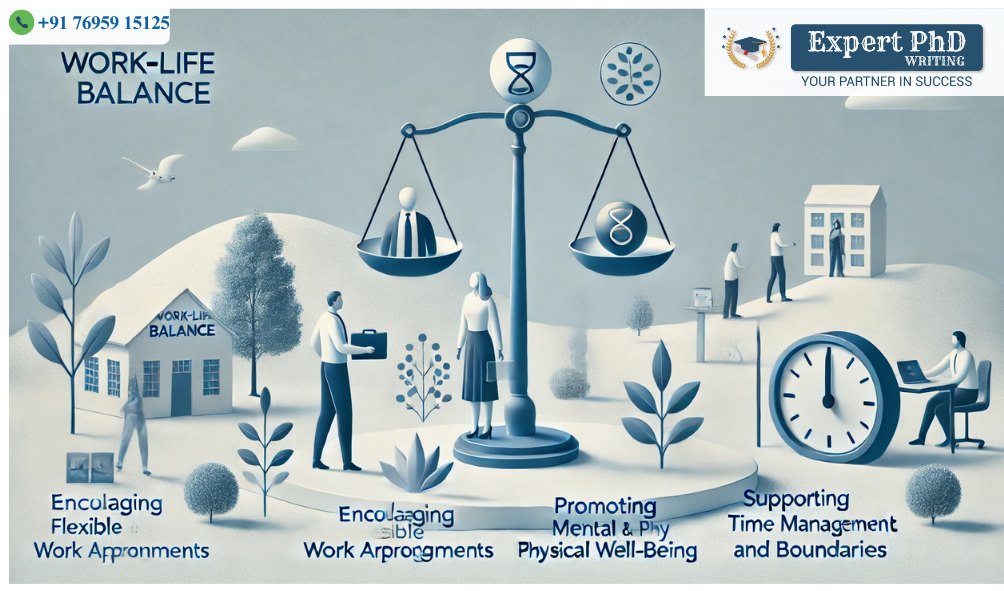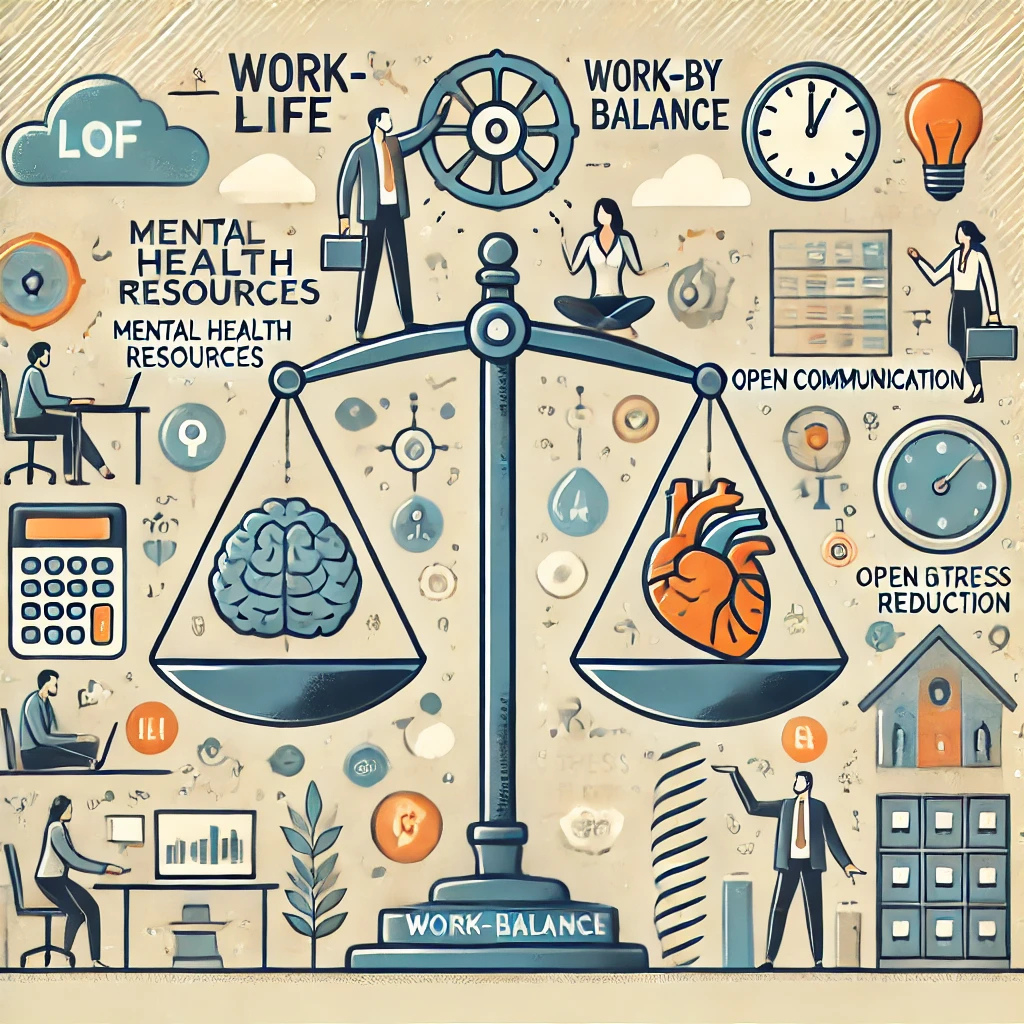

The concept of work-life balance has gained increasing attention in today’s demanding workplaces. One of the primary challenges is the blurring of professional and personal boundaries, often leading to stress and burnout. Managers play a pivotal role in shaping a work culture that fosters balance, as their support and leadership can significantly influence employee well-being and productivity. This article explores the impact of work-life balance and outlines best practices for how work-life balance for managers can be promoted to help employees thrive both professionally and personally.
Research indicates that employees with a healthy work-life balance tend to be more productive, engaged, and loyal. Organizations that promote balance not only improve morale but also benefit from higher retention rates and reduced absenteeism. Furthermore, a focus on work-life balance can enhance creativity and innovation, as employees who are less stressed are more likely to think outside the box. Ultimately, work-life balance contributes to a positive workplace culture, fostering collaboration and teamwork.

Work-life balance is a critical factor in enhancing employee well-being and productivity. Managers play a vital role in creating an environment that supports this balance through various strategies, such as flexible work arrangements, encouraging time off, and promoting mental health resources (Chaudhuri et al., 2020).
Open communication encourages employees to express challenges and seek support. Regular check-ins help managers assess morale and workload. Integrating Team Collaboration through Agile practices fosters transparency, adaptability, and shared responsibility, leading to improved well-being, stronger team cohesion, and a more resilient, supportive work environment.
By prioritizing work-life balance, organizations can foster a more engaged and satisfied workforce, ultimately leading to greater success and retention. The commitment to work-life balance not only benefits employees but also contributes to a positive organizational culture, enhancing collaboration, innovation, and overall morale, which in turn drives better performance and outcomes.

Furthermore, organizations can implement training sessions focused on time management and stress reduction techniques. Providing employees with the skills to effectively manage their workloads empowers them to achieve a better balance between work and personal life. Workshops on mindfulness and resilience training can further equip employees to navigate stressors, fostering a healthier work environment. In today’s professional landscape, where employee well-being is increasingly recognized as a key driver of success, embracing work-life balance is not just a strategy it is a core element of effective leadership. As organizations respond to evolving workforce expectations, those that prioritize work-life balance will experience greater productivity, improved employee loyalty, and a more positive company culture. For organizations looking to explore and publish impactful studies on such workplace dynamics, our Research Writing Services offer comprehensive support to articulate and present findings with precision. Ultimately, investing in work-life balance is an investment in future success, building a resilient workforce prepared to meet tomorrow’s challenges.